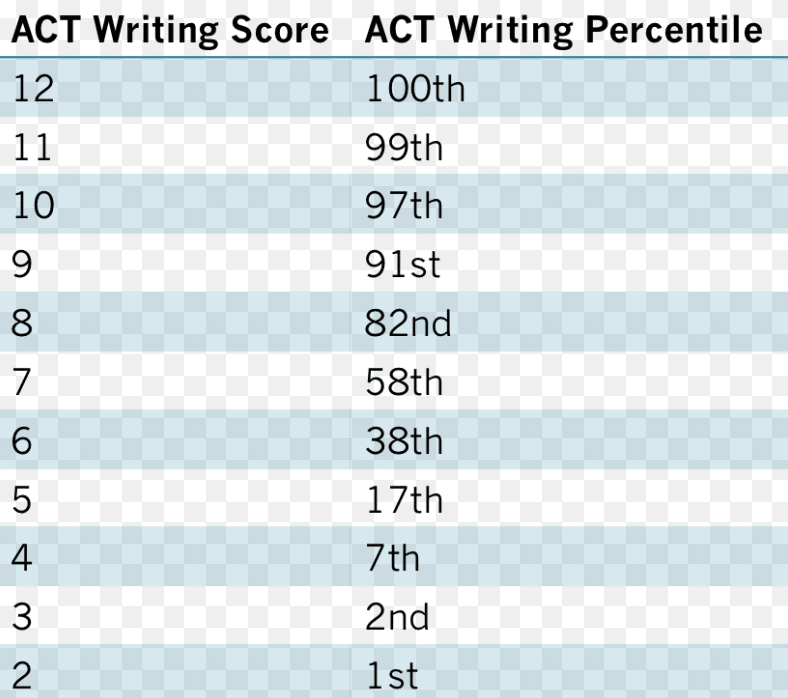The ACT Essay: What you Need to Know
Writing is hard. Writing under time pressure is harder!
While it is impossible to know what prompt you will be given when you sit down to write your ACT Essay, it is possible to prepare ahead of time so you will be able to use that very brief 40 minutes wisely.
In 2015, the ACT Essay changed completely. Whereas previous to 2015, you were asked to take a personal position on a general question such as your view of what makes a hero, a hero, the current ACT asks you to analyze multiple perspectives, come to an understanding of these perspectives, and eventually come to a position (a thesis) that expresses your own viewpoint given these various perspectives.
Here is a sample prompt from the ACT Essay:


Your job is to read and understand the perspectives as quickly as you can and then figure out what you think about them and use this understanding in a personal argument either supporting or qualifying the positions you are given.
That’s a tall order in 40 minutes!
Take a look at the rubric provided by the ACT itself. Here they outline what they are looking for in a top scoring essay.
Scoring Rubric Overview
This analytic scoring rubric presents the standards by which your essay will be evaluated. The following rubric overview will help you to better understand the dimensions of writing that this assessment evaluates.
This task asks you to generate an essay that establishes your own perspective on a given issue and analyzes the relationship between your perspective and at least one other perspective. In evaluating your response, trained readers will use an analytic rubric that breaks the central elements of written argument into four domains: Ideas and Analysis, Development and Support, Organization, and Language Use and Conventions. As you review these domains, think about the role each plays in a written argument that accomplishes its purpose.
Ideas and Analysis
Scores in this domain reflect the ability to generate productive ideas and engage critically with multiple perspectives on the given issue. Competent writers understand the issue they are invited to address, the purpose for writing, and the audience. They generate ideas that are relevant to the situation.
Development and Support
Scores in this domain reflect the ability to discuss ideas, offer rationale, and bolster an argument. Competent writers explain and explore their ideas, discuss implications, and illustrate through examples. They help the reader understand their thinking about the issue.
Organization
Scores in this domain reflect the ability to organize ideas with clarity and purpose. Organizational choices are integral to effective writing. Competent writers arrange their essay in a way that clearly shows the relationship between ideas, and they guide the reader through their discussion.
Language Use and Conventions
Scores in this domain reflect the ability to use written language to convey arguments with clarity. Competent writers make use of the conventions of grammar, syntax, word usage, and mechanics. They are also aware of their audience and adjust the style and tone of their writing to communicate effectively.
Remember, for the ACT Essay, there will be two readers, each giving you a score from 1-6. Then your scores is added up so that your final scores is how many points you get out of a total of 12. Almost no one gets 6’s/12’s! That would be a perfect score. Possible in Math. Almost impossible in writing. Even an 11 (a 6 and a 5) is nearly impossible because it means one reader gave you perfect score. I have seen it in the course of my career, but very rarely! That doesn’t mean you shouldn’t shoot for the stars! You should. But most excellent students — those who end up going to Harvard, Stanford, Yale, etc — get a 10 or better.

What I have described above are the format, the scoring, the rubric for the ACT Essay.
These say nothing about how you write it. They describe the product and the assessment of the PRODUCT.
How you write the essay is a whole ‘nother story. Now we are dealing with PROCESS.
Product vs. Process
As I describe in my book The Art of the College Essay, there is a huge difference between product and process, although they are often conflated and confused.
Product is what you end up with. Process is how you get there.
Almost no one every teaches you anything about process.
Take the five-paragraph essay you are asked to write for school.
Your essay must have an introduction. The introduction must have a thesis and points supporting your thesis. You must have three body paragraphs,each of which will begin with a topic sentence. And then you must have a conclusion which restates in different words the idea of your thesis and perhaps adds an interesting twist or counterpoint at the end.
Voila! Your essay!
Not.
This is ALL product.
There is nothing in this description that tells you how to do it. Only what you should end up with at the end.
Sound familiar?
I’m sure it does. This is how writing is “taught” in high school.
I am convinced that on one tells you how to do it because no one knows themselves!
Writing is an art and a craft all rolled into one.
And it’s scary! For everyone. Who doesn’t tremble at the sight of a blank page?

I have helped many people along this road in writing their college essays. I wrote the book on it and am Series Editor for Best College Essays. I have advised and counseled hundreds of students by now in how to write the ACT Essay.
I would love to help you too. Book Now for immediate and expert one-on-one advice.



